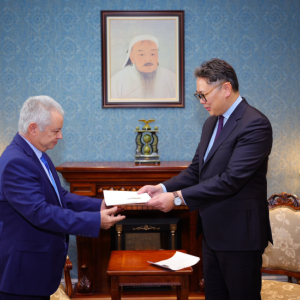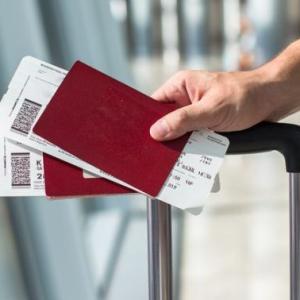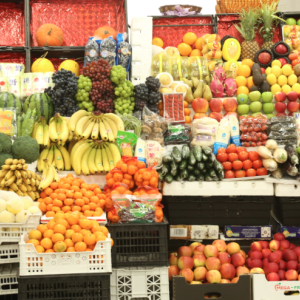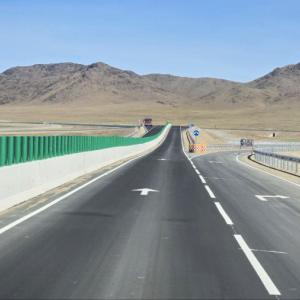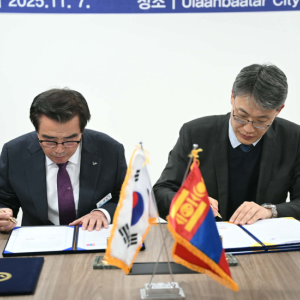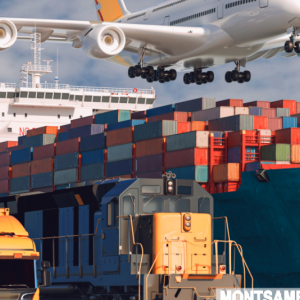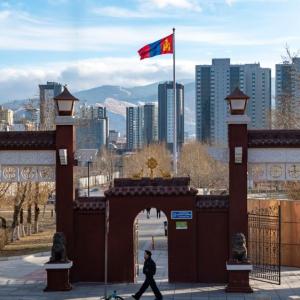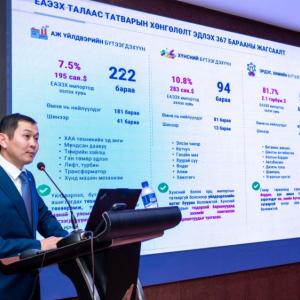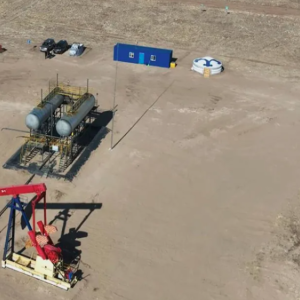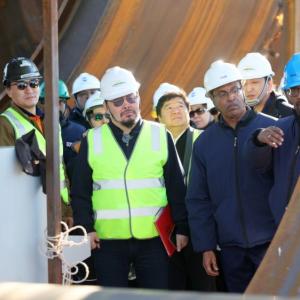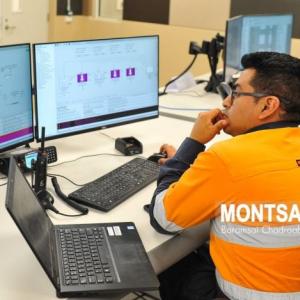Bagakhangai-Hunnu City Railway Advances to Ease Congestion in Capital
Society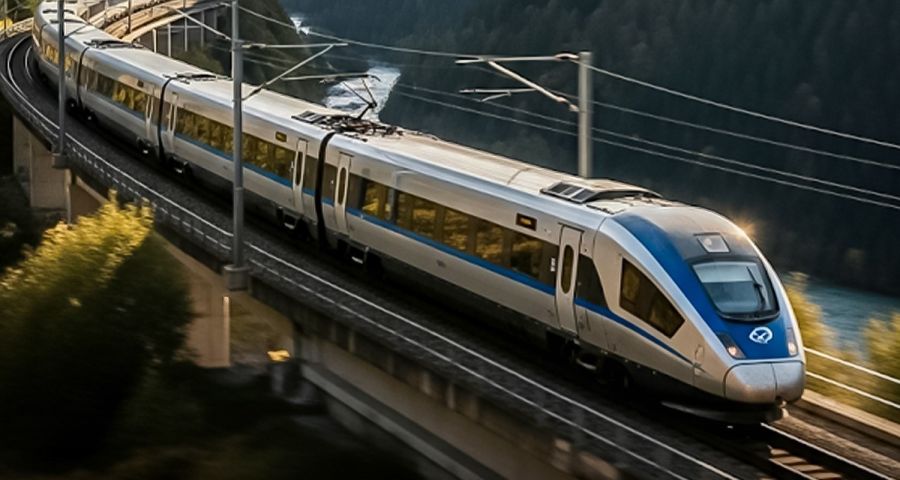
Ulaanbaatar, November 17, 2025 /MONTSAME/. A branch railway project connecting Bagakhangai and Hunnu City is underway to establish distribution infrastructure from the Orgoch Uul terminal area in Khushig Valley.
Under the project, the capital
city will no longer allow hazardous and imported cargo, other than passenger,
transit, and fuel transport, to pass through Ulaanbaatar.
According to the Capital City
Governor’s Office, the project entails the construction of a 102.5-km, 1520-mm
gauge, Class III railway with three stations, four passing loops, and a 2.5-km
bridge structure. Construction will be carried out in two phases: the first
phase covers 87.85 km from Bagakhangai Station of Ulaanbaatar Railway JVC to Khushig
Station, and the second phase covers the remaining 14.65 km.
Progress on Phase I, railway substructure and
superstructure works along the Bagakhangai-Khushig stations, has reached
89.39 percent. Excavation is 94.96 percent complete, and embankment
construction stands at 96.34 percent. Installation of all main beams and
cross-beams for the 652-meter bridge has been completed, and overall bridge
construction has reached 91.6 percent. The entire project is scheduled for
completion in the fourth quarter of next year.
There are currently 14 level crossings where rail and road intersections in the capital cause road closures of about four minutes each time a train passes, amounting to more than 144 minutes, or over two hours, of daily disruptions. Ulaanbaatar, Tolgoit, and Amgalan stations of Ulaanbaatar Railway handle an annual average of 190,000 wagons and 50,000 containers, distributing cargo to 10 central terminals via over 300 sidings. All of this freight flow currently passes through the city center, increasing pressure on infrastructure and worsening traffic congestion. Once the Bagakhangai-Hunnu City branch railway becomes operational, hazardous cargo movement will be diverted away from the city center, supporting the development of satellite towns and stimulating regional economic activity. As a result, the average traffic speed in the capital is estimated to increase by around four percent.
During the construction phase,
national companies are being engaged as contractors, with 30 percent of the total
investment allocated to domestic construction works.
 Ulaanbaatar
Ulaanbaatar


















